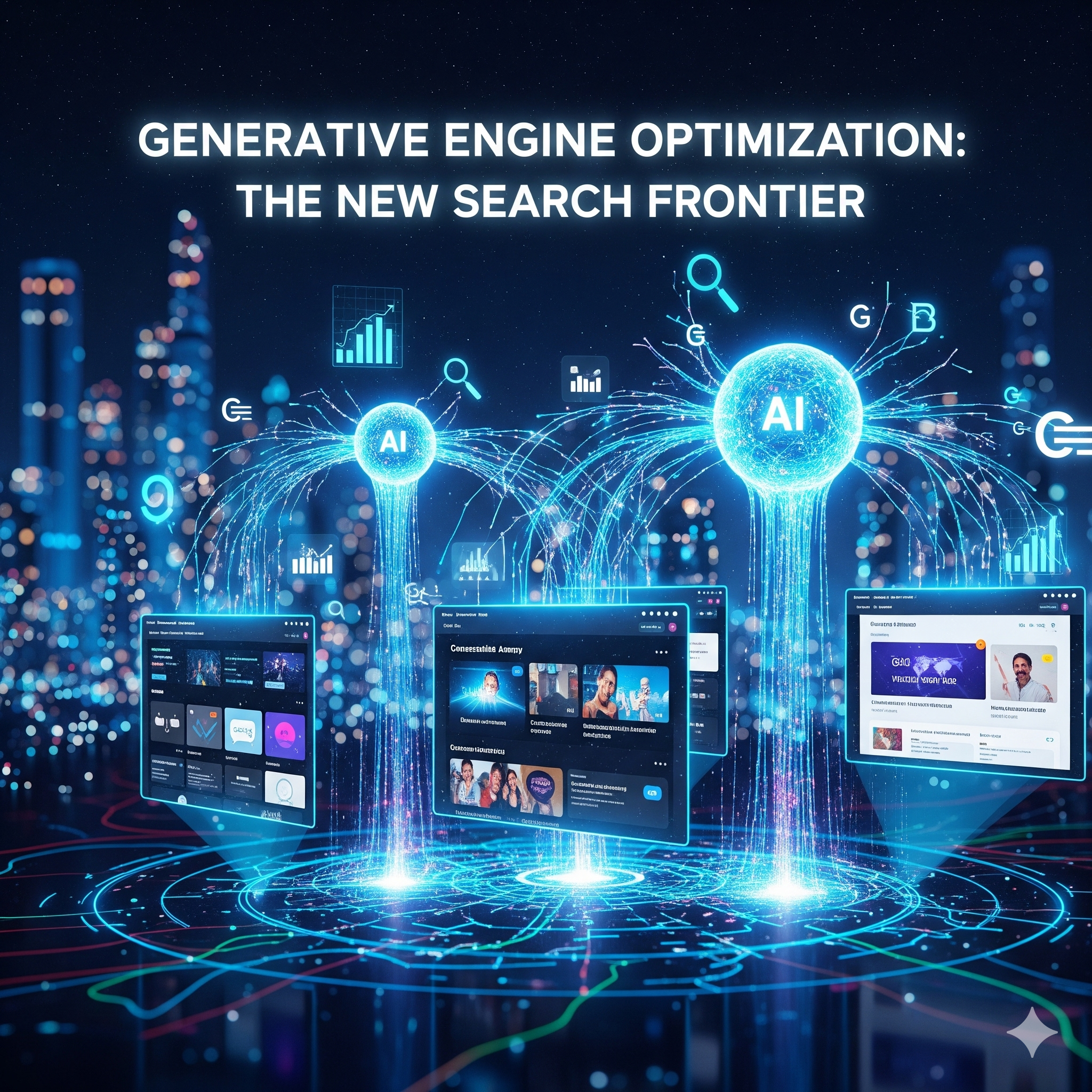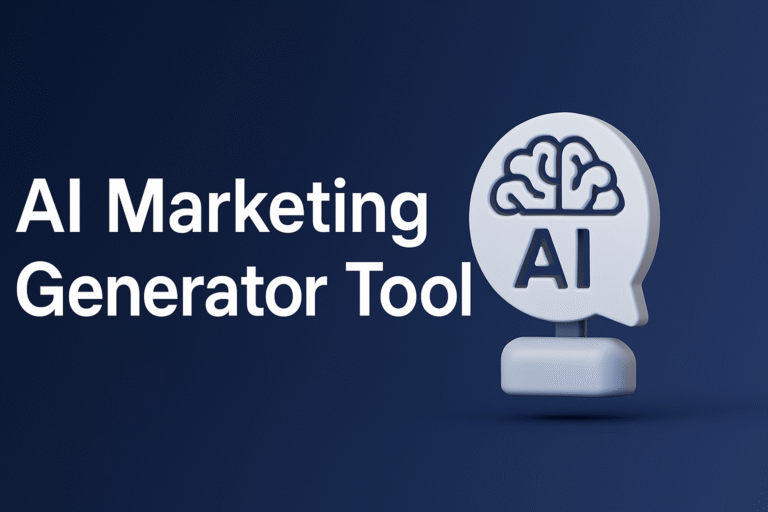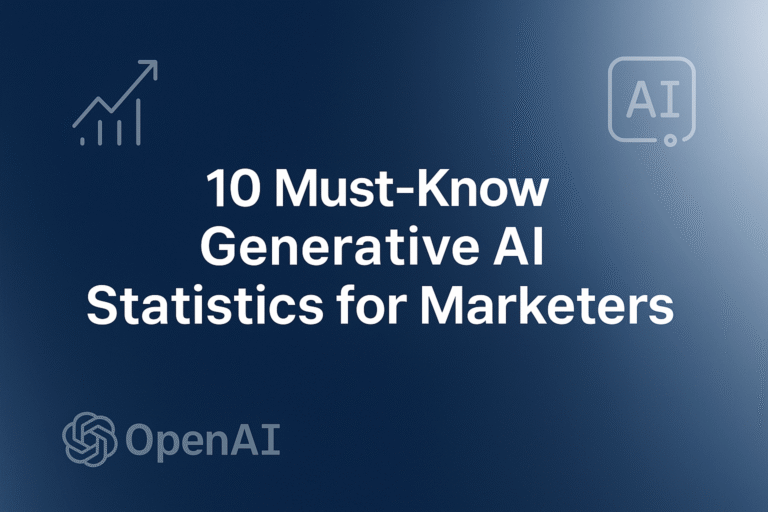Generative Engine Optimization (GEO): The New Search Frontier
Is your search strategy struggling to keep up with how people find answers today? Many marketers have seen their traffic shift as AI transforms how search engines work. Generative Engine Optimization (GEO) is not a passing trend. It is a response to new limits in classic SEO.
Instead of focusing on boosting rankings with keywords, Generative Engine Optimization targets how content is surfaced by AI-driven engines. This is more than a rebrand—it is a real shift. The goal now is to make sure your work shows up in the summaries and quick answers that users rely on most.
GEO helps you adapt and thrive even as the rules for getting seen change fast. If your old SEO tricks do not seem to work as well, learning GEO could be the edge you need.
The Rise of Generative AI in Search
In the last couple of years, search engines have changed faster than ever. Before, search engines would match a user’s keywords to pages. Today, they use generative AI and natural language processing.
This means search engines now read intent, process full questions, and craft direct answers. AI overviews—short summaries right at the top—are now the first thing many users see. Over 60% of marketers have noticed these AI features are taking over high-value searches.
Experts from HubSpot and Moz call this the “AI pivot point” for anyone who relies on online discovery. The shift is big. Some marketers worry about losing visibility, but those who moved early are seeing new ways to get found.
When you focus on helping AI understand your content, you can turn this change into more traffic and better engagement.
How GEO Differs from Traditional SEO
Traditional SEO was about keywords, backlinks, and making websites easy for search crawlers. Generative Engine Optimization takes a different path. It is focused on how smart search engines summarize, remix, and deliver information.
For GEO, the target is not just to rank but to be included in AI-generated answers. Instead of obsessing over manual keyword use or HTML tags, GEO relies on structured data and clear, direct answers to questions.
You want to be the source that AI picks up and presents in those helpful summaries. The success metrics are also new. It is not just about being “number one.” It is about how often your content appears in AI-driven overviews and how much users engage with those answers.
A digital strategist recently shared that after switching to GEO, their site saw a jump in traffic from people who interacted with AI-powered results, not just those who clicked a traditional link. GEO is about becoming the brand that AI trusts to answer real user questions.
Implementing GEO Strategies: Practical Steps
Getting started with GEO means making a few clear changes. First, review your content. Does it answer specific, complex questions? Does it provide value that an AI can easily present in a summary?
Next, use structured data tools to help AI models understand your pages. Schema markup is key here—think of it as a translator that connects your content to AI engines. Then, organize your topics into clusters and write in a way that sounds natural in conversation.
Steps to Implement GEO
- Map out your main topics.
- Add structured data.
- Write clear FAQs.
- Start tracking how often your content appears in AI overviews.
Be careful of common mistakes, like ignoring how users actually search or missing out on new schema formats. Test often, pay attention to analytics, and be ready to adjust as you learn what works best in the new AI-driven landscape of Generative Engine Optimization.
Case Studies & Success Stories
Real-world results show how GEO can make a difference. One retail company decided to change their blog and product pages, organizing them around common questions shoppers ask. They soon saw a 40% rise in clicks coming from AI-overview features, plus a drop in bounce rates.
A finance tech startup focused on adding schema and building topic clusters. This brought them double the number of featured snippets compared to what they got with old-school SEO. A digital agency shared that, after only three months of GEO-focused work, one client’s share of voice in AI summaries jumped from nothing to 25%.
These results come from many fields—e-commerce, SaaS, and agencies. What connects them is a focus on making content both easy for AI to understand and useful for real people. Simple charts tracked before-and-after numbers, showing engagement going up where structured data and conversation-style writing were used.
Future Trends & Evolving Best Practices
Looking ahead, GEO will keep changing as AI becomes even more central to search. Over the next few years, expect search engines to use even more personalization and predictive tools. This means search engines could answer your question before you finish typing it.
Marketers who know how to shape prompts for AI, and who understand how these systems work, will have more success. Tools that use real-time feedback and context will be more common, making it less effective to simply “set and forget” your strategy.
The line between searching and being recommended content will fade. To stay ahead, it is smart to keep learning, try new GEO tools as they come out, and keep your strategy flexible. Staying current with these trends in Generative Engine Optimization can help you become one of the first to benefit from changes, not someone left scrambling after the fact.
Conclusion & Call to Action
Generative Engine Optimization is not just another new term—it is a different way of making sure your work gets found in a world where AI leads the answers. We have covered why Generative Engine Optimization matters, how it is different from traditional SEO, practical steps to get started, and real examples of success from a range of industries.
Sticking to old SEO rules could hold you back as things keep changing. Start exploring GEO now. Download our GEO Starter Guide and sign up for the next masterclass. It is your chance to stay ahead and make your strategy future-ready as search continues to evolve.






